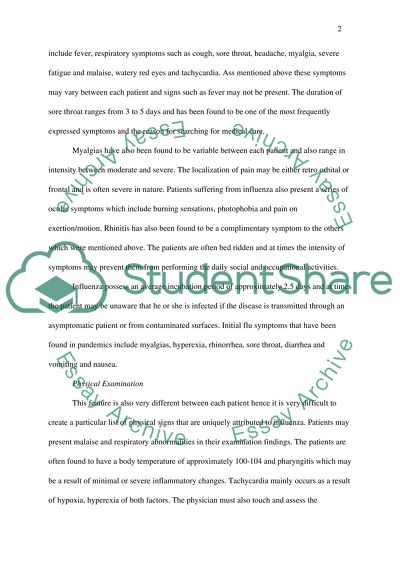Cite this document
(“Analyzing the Pathogenesis of Influenza Essay Example | Topics and Well Written Essays - 1250 words”, n.d.)
Retrieved from https://studentshare.org/health-sciences-medicine/1490741-analyzing-the-pathogenesis-of-influenza
Retrieved from https://studentshare.org/health-sciences-medicine/1490741-analyzing-the-pathogenesis-of-influenza
(Analyzing the Pathogenesis of Influenza Essay Example | Topics and Well Written Essays - 1250 Words)
https://studentshare.org/health-sciences-medicine/1490741-analyzing-the-pathogenesis-of-influenza.
https://studentshare.org/health-sciences-medicine/1490741-analyzing-the-pathogenesis-of-influenza.
“Analyzing the Pathogenesis of Influenza Essay Example | Topics and Well Written Essays - 1250 Words”, n.d. https://studentshare.org/health-sciences-medicine/1490741-analyzing-the-pathogenesis-of-influenza.


